Here is a list of interesting Historical Mills in Ireland. A place of work for many through the ages, prepare to be inspired by the hardworking history of these mill workers.
Kenturly Tidal Mill, Kinvara, Co.Galway 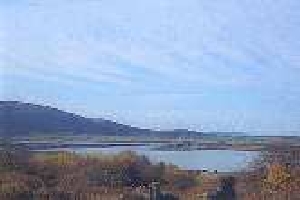
On the western side of Corranroo Bay are the ruins of another mill that continued operating until the 1920′s. On the wall is an inscribed stone slab that reads - B.B.Esq. 1804 - ; the reference is most likely to Bartholomew de Basterot.
Foxford Woollen Mills Visitor Centre, Mayo 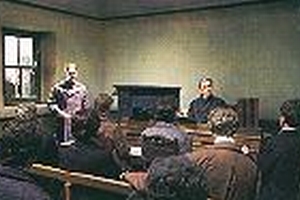
Foxford Woollen Mills Visitor Centre is a unique centre allowing you to step back in time to 1892 when Mother Agnes, an Irish Sister of Charity came to Foxford and set up the Woollen Mill. You can trace her determined struggle to establish the mill.
The Foxford Woollen Mills Visitor Centre also incorporates the Mill Shop, Olde Mill Restaurant, jewellery workshop, woodcrafting, art galleries and much more.
Facilities include a tourist information office, a bureau de change, baby changing facilities and coach and car parking. There are tours in Irish, French, German and Italian and they run every 20 minutes.
Located 40km north east of Westport. 104km north of Galway. 64km south west of Sligo. 16km south of Ballina. 24km north of Castlebar.
Kerry Woollen Mills 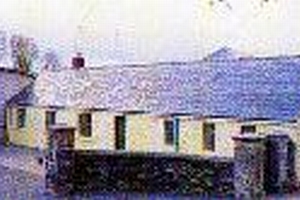
The older mill buildings date from the 17th Century, when a woollen manufacturing industry was established in this pleasant rural area near the MacGillycuddy Reeks. The nearby river was harnessed to drive a wooden water turbine. This was replaced in 1928 by a steel unit, which still provides 50 horse power for part of today’s requirements. The excellent quality soft water is used for washing and dyeing the cloth. The full range of woollen manufacturing processes has been carried out in this location from early times to present day.
The older buildings have recently been refurbished to provide better facilities for visitors. Tours of the mill production are available at certain times, (advance booking advisable). A wide range of information on the processes are available.
Visitors are invited to visit the mill shop, which stocks a unique range of fine quality woollen goods, and other Irish made crafts. Round off the visit by enjoying a delicious homemade snack in the tea-room.
Kerry Woollen Mills is located 9 miles (14km) from Killarney. Visitors should take the Killorglin Road (R562) from Killarney for 8 miles (13km) and turn right at the signpost. One mile further, turn left for 100 yards, then right.
The mill is situated beside the River Gweestin, which joins the River Laune, the main outfall of Killarney Lakes.
Abbey Assaroe Mills And Waterwheels 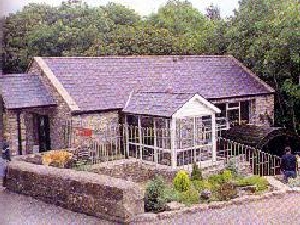
The only remaining wall of the original church stands, and walk the short distance to the mill. Founded by the Cistercians in the 12th century, the development of the waterwheels to provide mechanical power was mainly motivated by a desire to give this contemplative order more time for prayer and relection.
The derelict site was wonderfully restored by the Abbey Mills Restoration Trust when they acquired the property in 1989. Besides the impressive waterwheels, the centre now contains an interpretative centre where an audio-visual presentation traces the legacy of the medieval Cistercians in Ireland.
A coffee shop will help you relax and enjoy the attractively landscaped grounds.
Located on Rossnowlagh road from Ballyshannon for 500m, turn left and follow signs at Abbey Graveyard.
Pattersons Spade Mill, Antrim 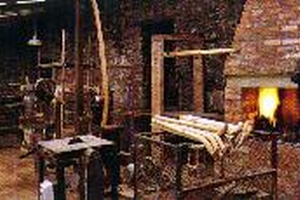
This historic property, founded in 1919, is now owned by the National Trust and the last working water-driven spade mill in Ireland. Guided tours show the whole fascinating process from heating a block of metal in the forge through to the finished product, while an exhibition on site reveals some of the history and culture of this humble spade. In addition you can explore the mill race and even buy a turf garden spade on site.
Through guided tours, the fascinating process of spade making is demonstrated: Heating a billet of metal in the forge Drawing it out on the massive and noisy tilt hammer Applying the lift and dish on a metal press to give the spade its required shape Sharpening and tempering the blade And then fixing the shaft to the blade with rivets, and finishing the spade off ready for distribution.
The mill race can be explored and the remnants of other former industrial processes such as linen beetling and a paper mill can be seen.
There is an excellent exhibition in the reception area, which explains the traditional process and reveals some of the history and culture of the humble spade.
A visit to Patterson’s Spade Mill is a fascinating experience for all the family to enjoy.
The Bridge Mills, Galway City 
The building dates from the late 18th century, but milling has been carried out on the site since 1558 when Thomas Martin was granted a plot of ground here on which to build a mill, subject to a rent of four pence a year. It lay derelict for a number of years but is now fully restored with important features such as the millwheel retained.
Lifeforce Mill, Cavan 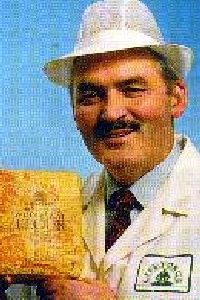
Upon arrival each visitor is shown how to bake a loaf of Brown Bread. Each person’s loaf is then put on the oven while a tour of the mill takes place.
The actual tour gives a comprehensive understanding of how the mill works from the receiving of the grain to the cleaning, drying, sieving, grinding and eventual bagging of the finished product (flour).
The few subtle changes in the day-to-day running of the mill from Victorian modern times are explained, as are the workings of the various machines and artefacts including the last working 1846 MacAdam water turbine which still drives the mill today.
We also explain the work involved in the 5-year restoration of the mill which, when purchased in 1990, had lain idle for some 50 years including the transportation and erection of an entire Victorian cutstone building (from Drogheda to Cavan). The building now houses the Bakery facility and coffee shop.
Throughout the restoration, the progress was documented and filmed by noted film-maker Eamon de Buitlear. This has resulted in a 25 minute file on the Mill called ‘A Window on Time - The Re-awakening of the Lifeforce Mill’.
